Perseids 2015 Photos: There's Plenty Of Time To See The Perseid Meteor Shower
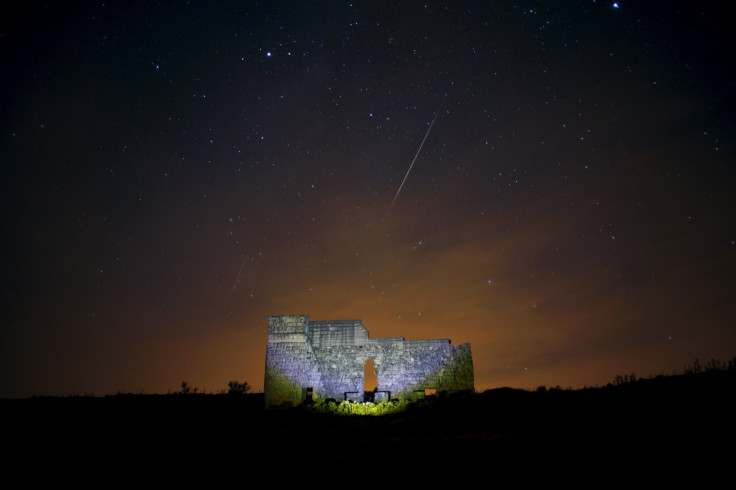
The Perseid meteor shower peaked Wednesday and lived up to expectations as the fast-streaking fireballs burned bright. There was no moon in the night sky and as long as the weather and ambient lights did not obscure your view, chances are you saw a few shooting stars.
Stargazers around the world watched the Perseids. If you missed the meteor shower Wednesday, there's still time to see it. The new moon Friday means dark skies for the rest of the week. The Perseids are active until Aug. 26, but you'll want to see the shower around its peak, the American Meteor Society explained.
Stunning image of #Perseid meteor from Steve Hayward using DSLR camera last night pic.twitter.com/vQ5NrzZ6G3
— UK Meteor Network (@UKMeteorNetwork) August 13, 2015The annual summertime meteor shower gets its name from the constellation Perseus, from which the meteroroids appear to originate, but the comet Swift-Tuttle is actually responsible for the phenomenon. The meteors can be seen throughout the night sky. To view the Perseids, go to a dark area and locate constellation Cassiopeia, which is shaped like a W. Perseus will be beneath it.
Another stunner from tonight's #Perseids shower. If you're seeing them, we'd love to see photos! pic.twitter.com/pgWLsZgfP7
— NASA Marshall News (@NASA_Marshall) August 13, 2015If you can't catch the Perseids, the next major meteor shower, the Orionids, will occur in October. The volume of meteors in the Orionids isn't as high as that of the Perseids, but the shower could be a pretty decent show.
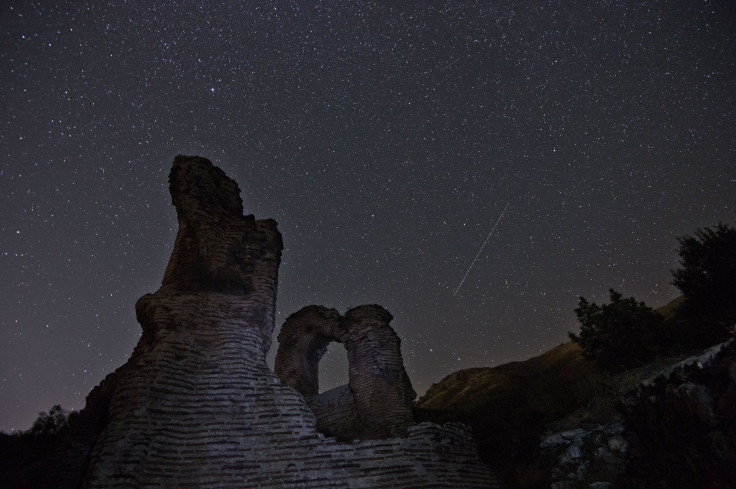
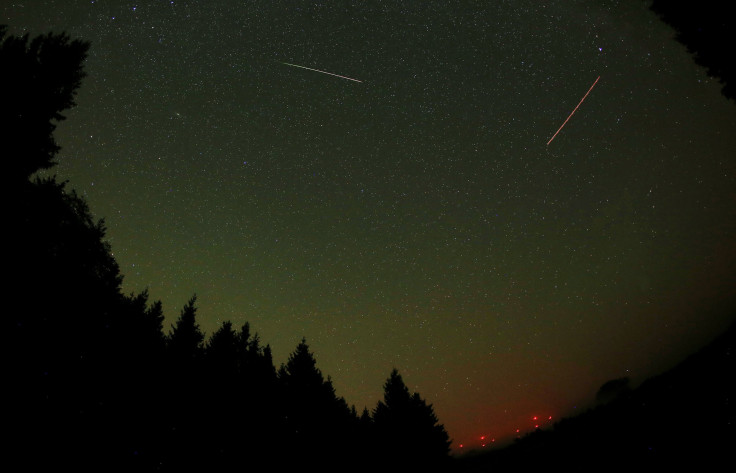
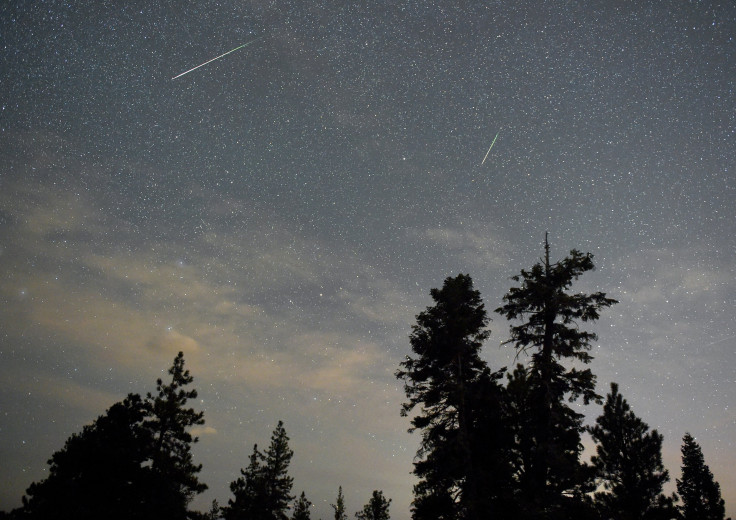
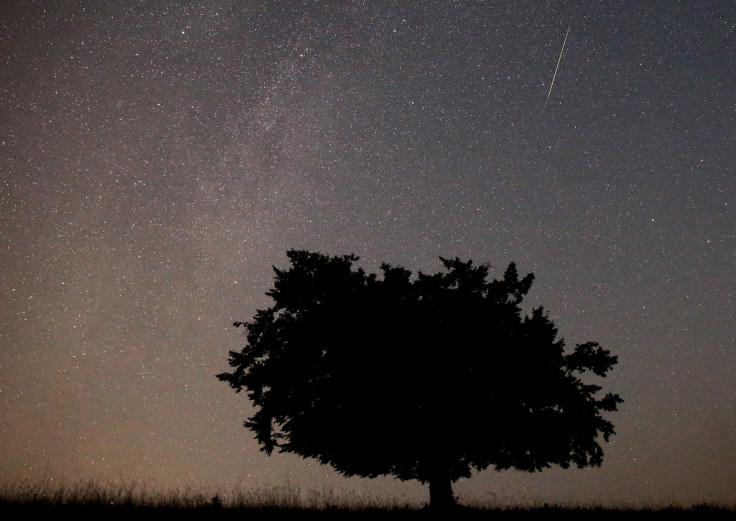
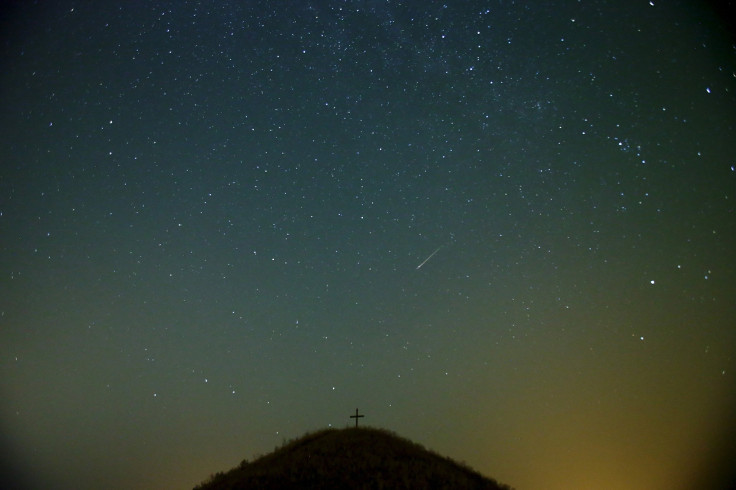

© Copyright IBTimes 2024. All rights reserved.




















